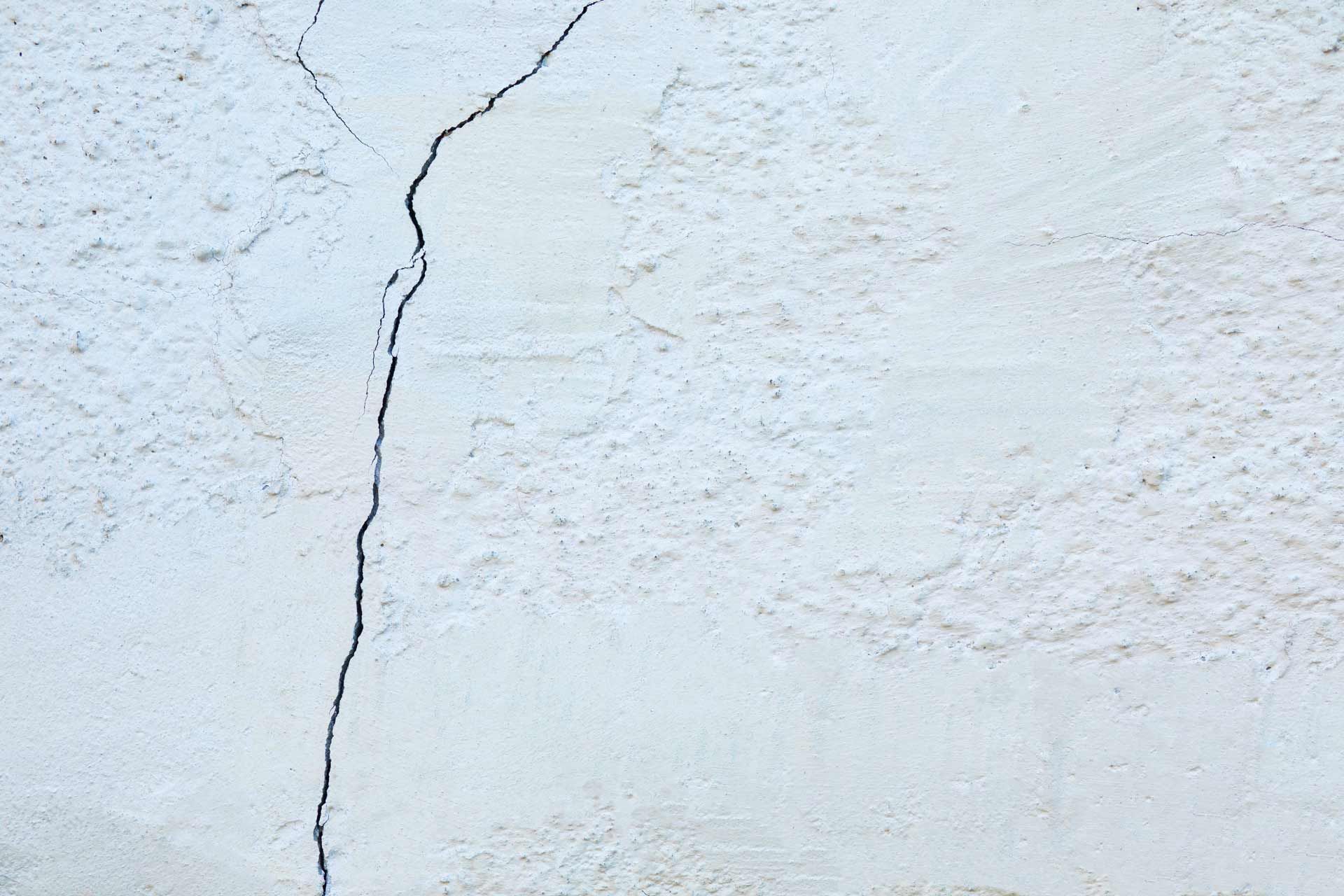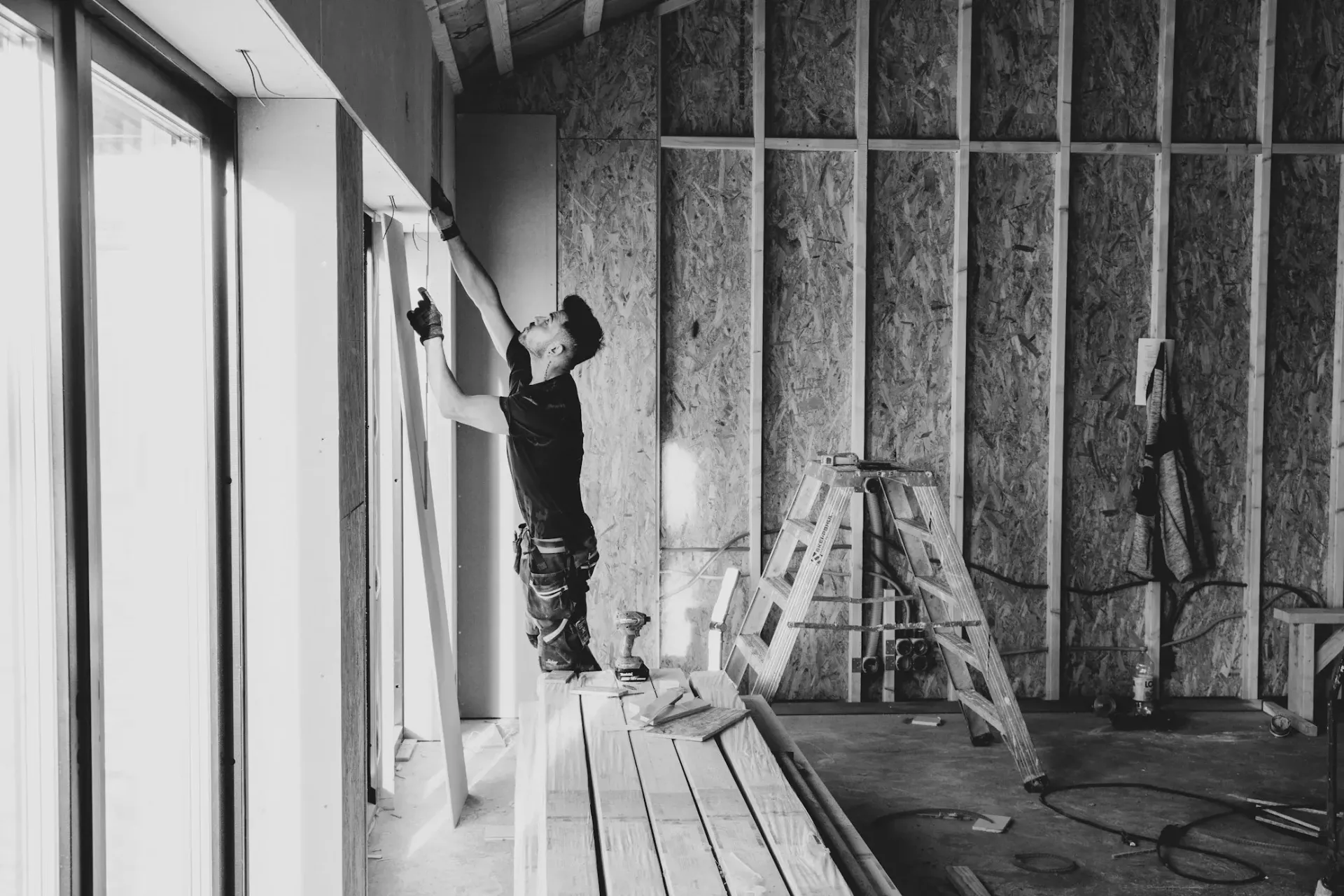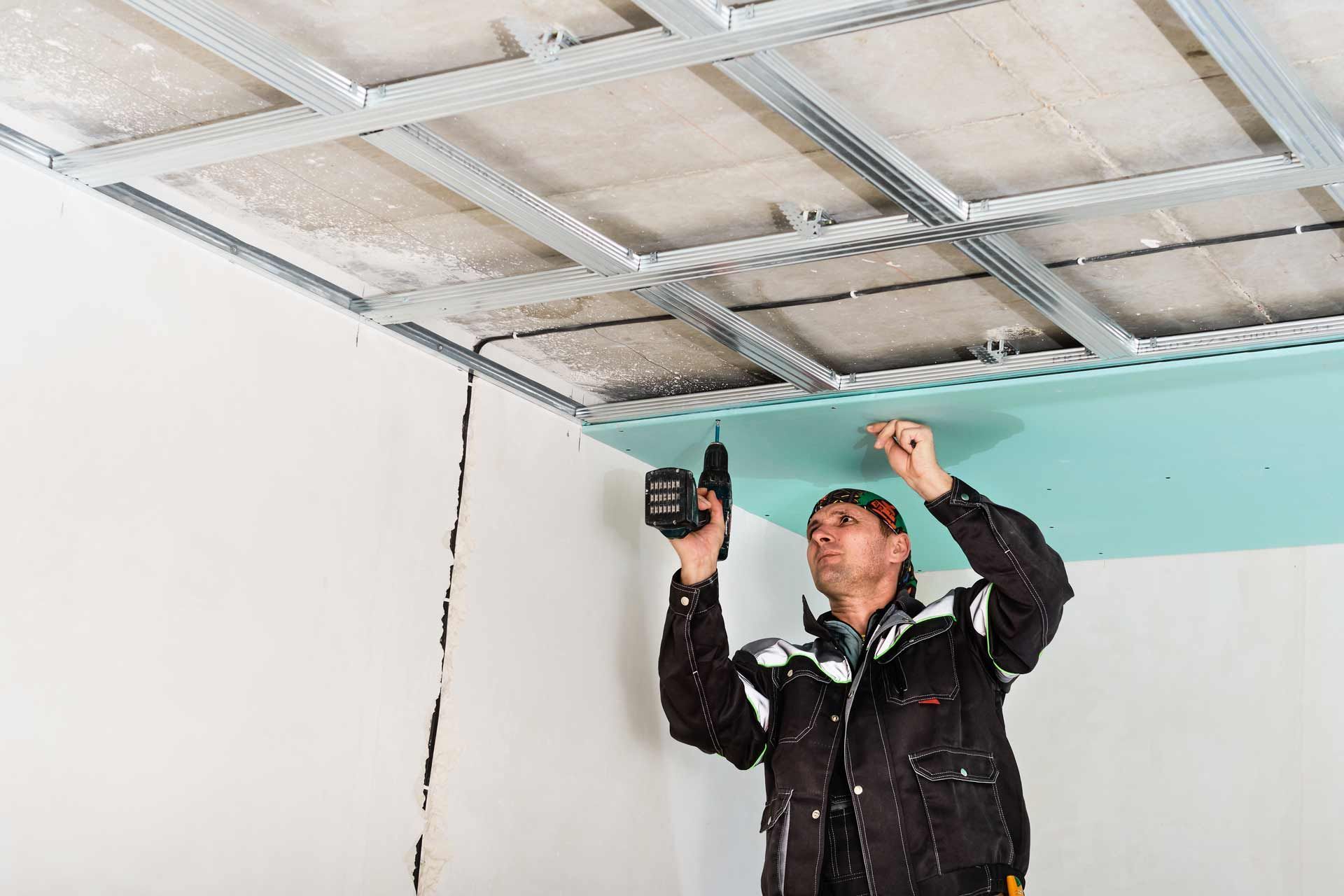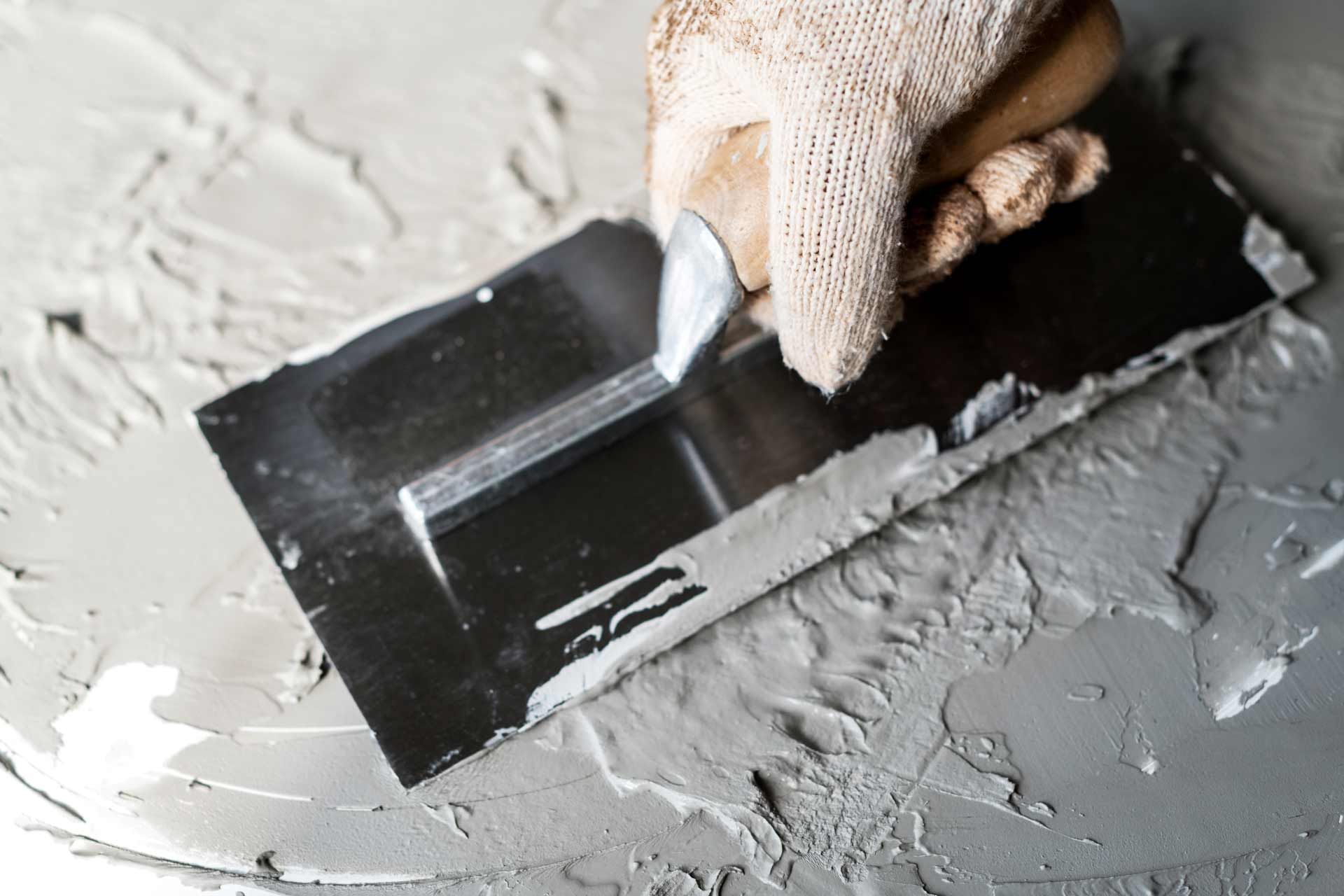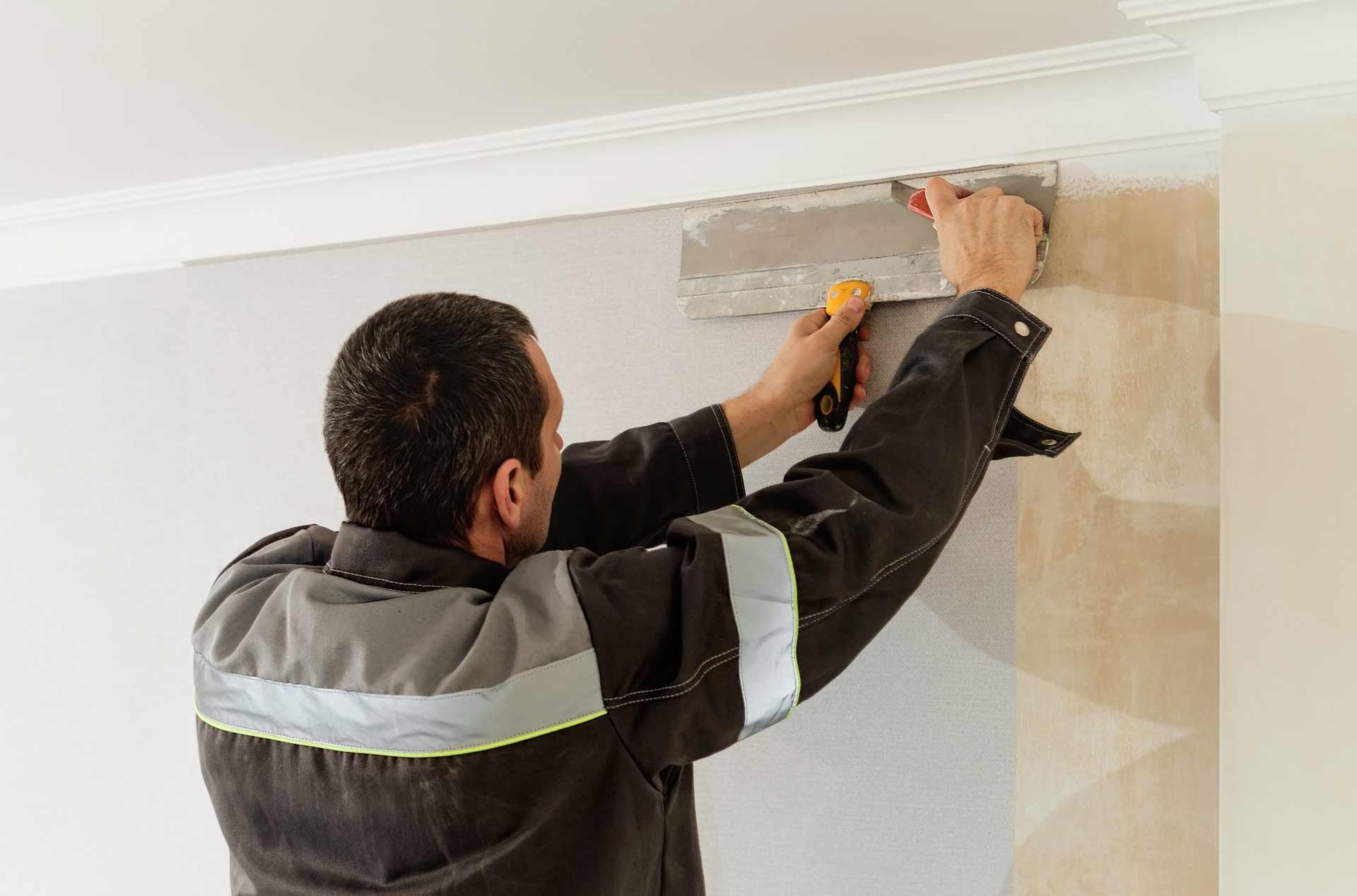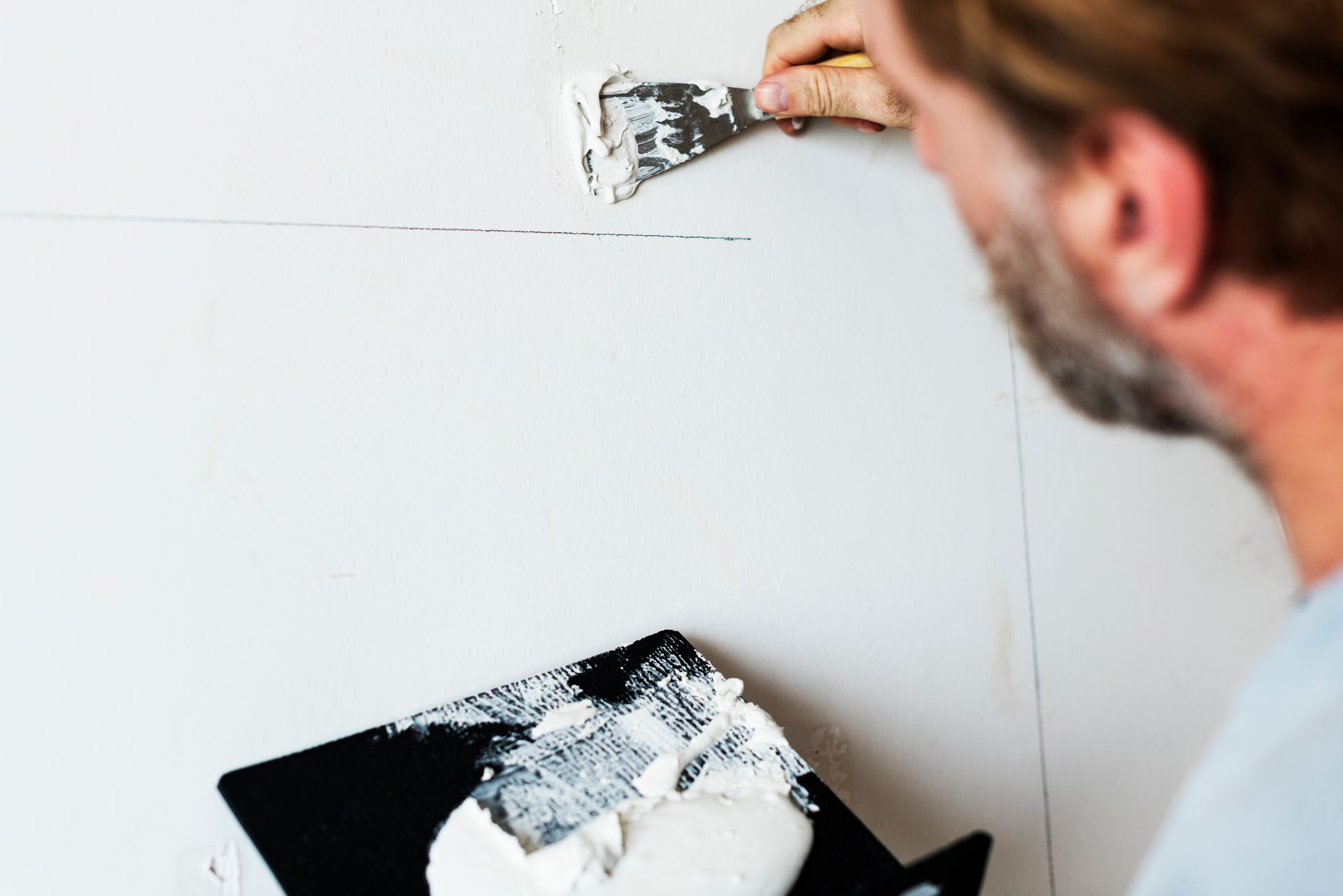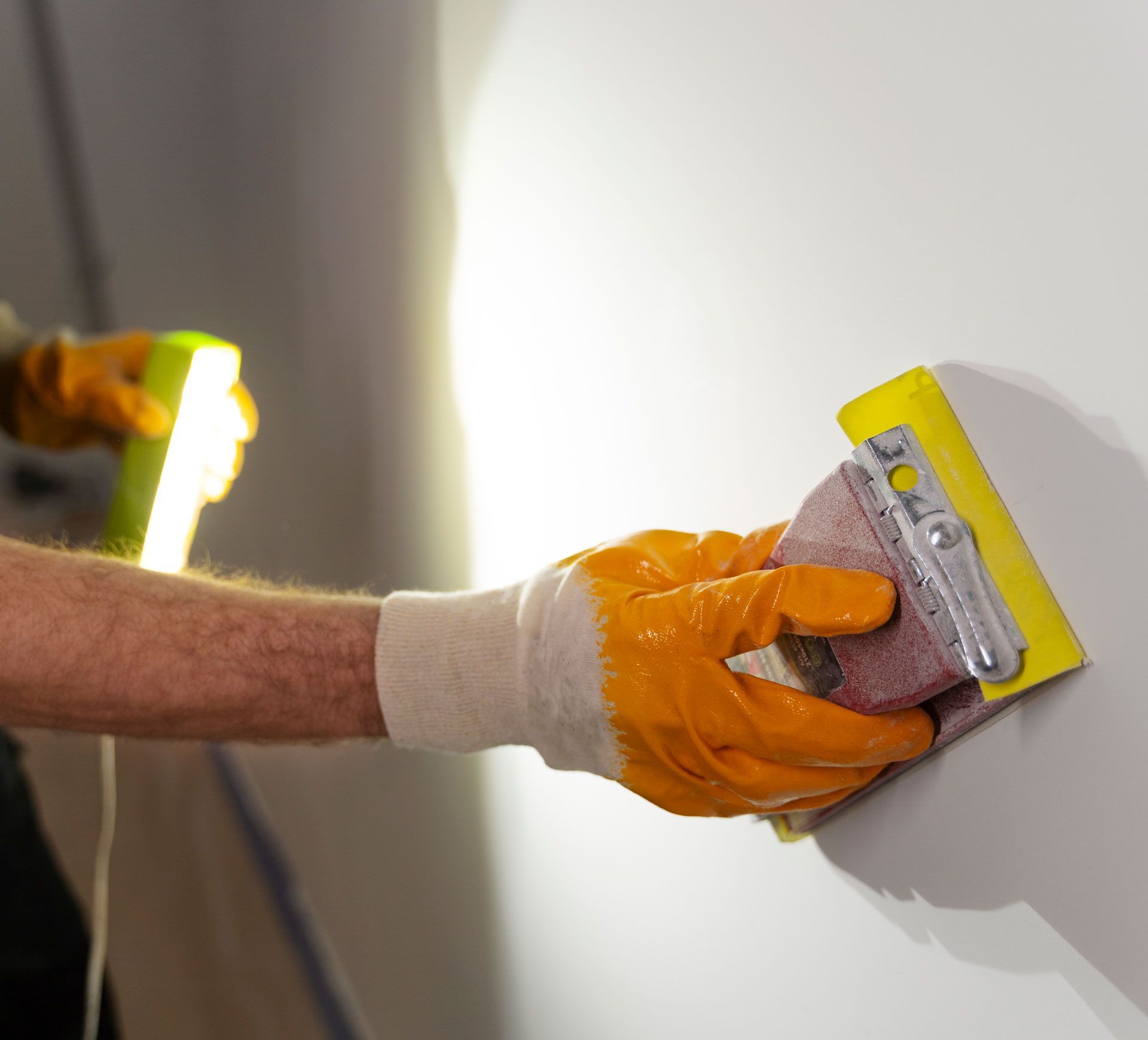
Ceiling Crack Repair: When to Call a Pro
Introduction: Not All Ceiling Cracks Are the Same
A hairline crack in your ceiling might seem harmless, but it can be a warning sign of underlying structural issues or water damage. Some cracks are purely cosmetic, while others require urgent professional repair. Knowing the difference can save you money — and protect your home’s safety.
Common Causes of Ceiling Cracks
- Natural Settling – Minor movement of the home over time.
- Temperature & Humidity Changes – Expansion and contraction of building materials.
- Water Damage – Roof leaks, plumbing failures, or HVAC issues.
- Structural Stress – Load-bearing problems or framing shifts.
- Poor Installation – Improper drywall or joint taping during construction.
Types of Ceiling Cracks and What They Mean
| Crack Type | Likely Cause | Urgency Level |
|---|---|---|
| Hairline cracks | Normal settling | Low |
| Full Replacement | Poor drywall taping | Low to medium |
| Discolored cracks | Water damage | High |
| Wide or jagged cracks | Structural issues | Very high |
| Cracks with sagging | Severe water or framing damage | Emergency |
Average Cost for Ceiling Crack Repair
| Damage Severity | Typical Cost | Timeframe |
|---|---|---|
| Hairline cracks | $100 – $250 | 1–2 hours |
| Moderate cracks | $250 – $600 | Half day |
| Severe structural or water damage | $800+ | 1–2 days |
When to Call a Professional Immediately
- Crack width greater than 1/8 inch
- Cracks accompanied by ceiling sagging or bowing
- Water stains or mold around the crack
- Sudden appearance or rapid growth of the crack
- Multiple cracks radiating from one point
Professional Ceiling Crack Repair Process
- Inspection – Identify the root cause of the crack.
- Address Underlying Issues – Fix leaks, framing problems, or load issues first.
- Remove Damaged Material – Cut out compromised drywall sections.
- Patch and Finish – Tape, mud, and sand for a smooth finish.
- Prime and Paint – Restore the ceiling to match the surrounding surface.
Prevention Tips
- Maintain proper humidity levels indoors.
- Inspect your roof and plumbing annually.
- Address small cracks early before they expand.
- Use quality drywall materials and professional installation methods.
FAQs
Q: Can I just paint over a ceiling crack?
A: Painting alone won’t fix the cause and the crack will likely reappear.
Q: Do all ceiling cracks mean structural damage?
A: No, but wide, jagged, or sagging cracks should be assessed by a professional.
Q: How do I know if it’s from water damage?
A: Look for discoloration, stains, or a musty odor near the crack.
Conclusion & Call to Action
Ceiling cracks can be harmless or serious — and the only way to know for sure is with a proper inspection. If you notice widening cracks, sagging, or discoloration, call a professional immediately for assessment and repair.
📞
Contact us today or
Request a Free Estimate for expert ceiling crack repair that’s safe, durable, and seamless.



